2024 Consumer Loyalty Survey has been saved

Perspectives
2024 Consumer Loyalty Survey
Insights to evolve brand loyalty programs
Loyalty programs have come a long way from sandwich-shop punch cards and frequent flyer miles. With access to more data than ever before, how can brands create more meaningful connections with consumers and evolve their programs to keep up with new customer loyalty trends?
Changing consumer preferences around the globe
While offering strong financial rewards remains critical, consumers are increasingly looking for personalized, flexible, and digital-centric loyalty programs. Adapting loyalty program strategies to align with shifting consumer preferences is essential for keeping programs valuable for both the consumer and the brand. For the fourth year in a row, Deloitte’s Consumer Loyalty Survey explores the changing consumer landscape and serves as a vital resource to help loyalty programs remain desirable and relevant.
This year, we expanded our annual Consumer Loyalty Survey to include consumers from the United Kingdom, India, and Brazil, reaching more than 9,800 consumers. In addition to looking at global trends and broader behavioral shifts, this year’s survey also breaks down generation- and geography-specific insights to help brands create more personalized offerings to align with what consumers value most.
Four key findings from our 2024 survey

${column1-large-text}
Financial rewards and simplicity and ease of use remain the most important loyalty program attributes with 86% of respondents rating them as “important” or “very important.”

${column2-large-text}
Flexibility is also critical, with four out of five consumers reporting they value flexibility when earning and redeeming program rewards.

${column3-large-text}
Personalization is an opportunity for improvement with only 60% of consumers satisfied with the customized and targeted experiences currently offered.

${column4-large-text}
Engaging, enjoyable digital experiences are a requirement for younger consumers, with three-quarters of Gen Z and millennial consumers stating a high-quality digital experience is essential for loyalty programs.
Driving profitable loyalty
Brands should expand how consumers can engage with the loyalty program to increase the value of the program to consumers and differentiate their business. As consumers’ inflation mindset persists, executives have renewed their focus on making loyalty programs stronger and stickier. Deloitte’s 2024 retail industry outlook found that strengthening loyalty programs was the highest of four growth priorities among executives.
Taking a targeted approach to address evolving consumer priorities and the changing competitive landscape is critical. Loyalty programs should identify what resonates with their customers and balance creating value for consumers while maintaining program profitability.
Our survey identified three key program features that engage consumers and help brands drive profitable loyalty and create sustained advantage:
- Paid membership tiers give interested consumers access to additional benefits and provide brands with an additional revenue stream. To attract consumers, brands should offer exclusive benefits for paid members, such as members-only discounts, promotions, and products, so that consumers clearly understand the value they are receiving in exchange for the fee.
- Brand partnerships provide consumers with more opportunities to use their loyalty program benefits and help brands expand their consumer base. Partnerships allow consumers to earn and redeem benefits in more than one place—which helps increase the perceived value of the program and creates opportunities to build brand loyalty.
- Generating and capturing consumer data is an additional benefit of expanding loyalty program reach. Customer data can both power more tailored loyalty experiences and act as a stand-alone revenue driver. In Deloitte’s 2024 retail industry outlook, nearly two-thirds of brands said they share or plan to share customer loyalty data with advertising platforms.
Shifting from mass to micro
Consumers crave personalized programs and are willing to share their data for more tailored experiences. To improve consumers’ satisfaction and respond to demand for increased personalization, brands should do more than just increase the volume of personalized recommendations and tailored offers. They should explore ways to forge deeper emotional connections with consumers. For instance, personalizing digital engagement based on consumers’ likes and dislikes can simplify, streamline, and create a more rewarding experience.
Personalization exists on a spectrum—from near one-on-one personalization to the creation of individualized brand experiences, both of which are compelling but come at a cost and require significant investment. Despite these challenges, brands should not shy away from investing in robust data governance and infrastructure. These data enhancements are necessary to ensure clean, applicable data that can be leveraged to better implement personalization features.
Taking the time to know your consumers
In their scale, complexity, and reach, consumer loyalty programs have come a long way from the sandwich-shop punch card. With more data about consumer preferences than ever before, they can evolve even further. Retailers can use the insights from the Deloitte Consumer Loyalty Survey to forge more meaningful connections with their consumers and make their programs more responsive to evolving consumer preferences and market-specific needs.
Consumers are increasingly adopting a “Yes, and” mindset. Yes, they want meaningful financial rewards, and they want to be able to redeem them with other brand partners. Yes, they want intuitive program designs, and they want customized experiences that recognize their unique preferences. Consumers will always value the rewards they receive, but rewards alone are not enough to capture and keep the attention of increasingly selective consumers. While this presents brands with the difficult challenge of balancing core program features with newly developed benefits, it also presents brands with an opportunity to redefine how they think about their loyalty programs and the value they create for customers.
Considerations moving forward
Going forward, we continue to recommend loyalty programs that are easy to use and provide clear financial benefits. Paid loyalty programs may see a greater lift in member spend and engagement than “free” competitors by providing unique benefits, such as upgraded benefits and customer service. In addition to revealing broader trends, our annual survey also underscores the importance of tailoring strategies and benefits to appeal to varying industry trends, consumer bases, and generational cohorts.

IndustryAdvantage™
Deloitte IndustryAdvantage offers deep industry insights with cutting-edge digital capabilities to position your business for the future. Explore how we can help you face your commercial, product, and operations challenges and gain a competitive advantage.
The authors would like to extend special thanks to Matt Josephson, Oliver Page, Brendan Boerbaitz, Jeff Casullo, Deirdre O’Connell, Jenny Spiel, and Jim Allega for their thought leadership and guidance, as well as Meghan Crawford, Anne Ridenhour, Sarah McClanahan, Hasie Sherman, Arumuga Vinayagam, Sudharsan Venkataramanan, and Anshuman Agarwal for their support and research throughout the development of this report.
Recommendations
The future of the consumer industry: Buying into better
Learn more about the trends shaping the future of the consumer industry and how companies can help create a better tomorrow.
Mass to micro
Meeting unprecedented consumer market shifts





